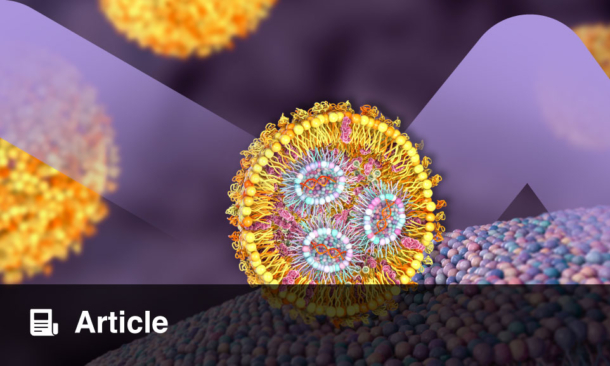A RECENT study by Khadijeh Mirzaei, Department of Community Nutrition, School of Nutritional Sciences and Dietetics, Tehran University of Medical Sciences, Iran, and colleagues, has linked diabetic nephropathy (DN) in diabetic females to excessive consumption of processed red meat.
The study in question analysed 210 participants (mean age: 55.37±7.07 years; mean weight: 72.49±12.71 kg; mean BMI: 28.09±4.59 kg/m2 kg/m2), each with a 3–10 year history of Type II DN, recruited between July–December 2016. These participants were equally divided into experimental and control groups. Exclusion criteria included comorbidities that could influence the reliability of the results, and inconsistent dietary data.
Meat intake was recorded in grams per day, with meats being divided into red meat (beef, lamb, and organ meats) and white meat (poultry and fish), and processed meats that may span either category (e.g., sausages, bacon, and canned fish). Kidney function was assessed according to glomerular filtration rate and blood urea nitrogen levels. DN was diagnosed according to an albumin to creatine ratio of ≥30mg/g derived from urine samples, in addition to blood pressure, blood sugar level, lipid profile, and kidney function. Questionnaires were conducted to assimilate information about patient activity level and demographics. The authors applied logistic regression analyses to determine the relationship between meat intake and DN, adjusting for confounding factors such as age, physical activity, and medical history.
Half of the participants had a history of DN, and 22.4% had a history of cardiovascular disease. In the experimental cohort, there was a significant positive correlation between high intake of red meat and the risk of DN (odds ratio [OR]: 2.53; 95% confidence interval [CI]: 1.45, 4.42; P=0.001). Similarly, higher intake of red meat was associated with increased risk of microalbuminuria and severe albuminuria. Contrastingly, high white meat consumption was linked to an 80% reduction in the risk of DN (OR: 0.20; 95% CI: 0.10, 0.40; P<0.001) and was shown to consistently decrease the risk of microalbuminuria and severe albuminuria .
The risk of DN among those with excessive consumption of processed meats was 2.19 times greater than in the control group, and increased the risk of adverse kidney outcomes. Notably, excessive consumption of both red and processed meats was linked to a decrease in glomerular filtration rate, and an increase in blood urea nitrogen, indicating their contribution to reduced renal activity.
Mirzaei and team wrote: “To our knowledge, this is the first study to assess the association between the prevalence of DN and kidney function markers and the consumption of different types of meat.” They highlighted the need for further research, adding that: “Given the inconclusive literature, we recommend further well-controlled randomised controlled trial studies in different populations and ethnicities with other designs such as cohorts.”
Reference
Mirzababaei A et al. Consumption of red, white, and processed meat and odds of developing kidney damage and diabetic nephropathy (DN) in women: a case control study. Sci Rep. 2024;14(1):10344.







